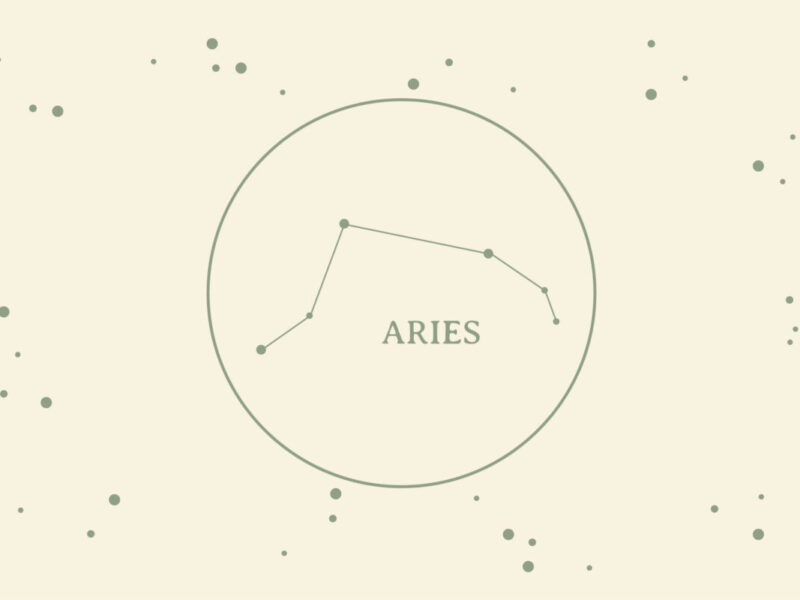When poets struggle with writer’s block, a poem that rambles, or the persistent instinct that a poem is still not as strong as it could be, they’re often greeted with an intimidating, yet interesting piece of advice: Experiment with form.
Though some have argued that form holds less relevance and popularity in today’s poetry scene—where free verse has surged since the twentieth century—poets continue to return to common rhyme schemes, meters, and structures within their art form.
Along the way, many have made these poetic traditions their own, such as Terrance Hayes with his book American Sonnets for My Past and Future Assassin. Some poets have even created new forms.
This sends a clear message: Classic forms can always be reinvented and made fresh. Practice writing in a form can also help you figure out when to break its constraints in innovative ways. Unsure of where to start? Here are three forms Read Poetry suggests.
The Golden Shovel
Invented in 2010 by Terrance Hayes with the publication of his poem “The Golden Shovel,” golden shovel poems pay homage to another text, while expanding or reflecting upon its meaning. The last word of each line in a golden shovel poem comes from another poem, song, or source matter. For instance, in Hayes’s “The Golden Shovel,” the last word in each line forms Gwendolyn Brooks’s “We Real Cool.”
The Duplex
Jericho Brown introduced the poetry world to the duplex form with the publication of his 2019 collection, The Tradition, which includes several poems written in this style. In an interview, Brown revealed that the form came about when he was trying to “gut the sonnet,” as he wanted to create a “disparate couplet” and move the repeating lines of the sonnet closer together. In the end, the duplex became a sort of hybrid between the sonnet, the ghazal, and the blues.
The poem starts with a couplet, then the second line repeats and the poet adds a new line, following this structure until seven couplets form the poem. The last line of the poem repeats the first, with an increased or changed resonance that the rest of the poem’s context provides.
To see how Brown uses the complicated but beautiful form, read his poem “Duplex (I Begin With Love).”
Concrete Poetry
Rather than relying on repetitions of rhyme or other sounds, concrete poetry uses the visual shape of a poem to reinforce its message or subject matter. For example, in May Swenson’s poem “Women,” she writes about the double standards and expectations women face, all while the form mirrors the curves of a woman’s body.
Concrete poetry challenges the idea that poems should begin on the left side of the page and move to the right in a standard, orderly fashion—instead, calling for lines of different lengths, orientations, and creative line breaks.
What form will you try first? For even more ideas, visit the poetic forms resource from the Academy of American Poets.




